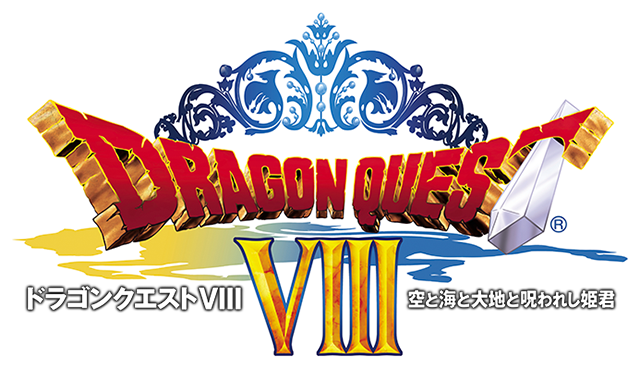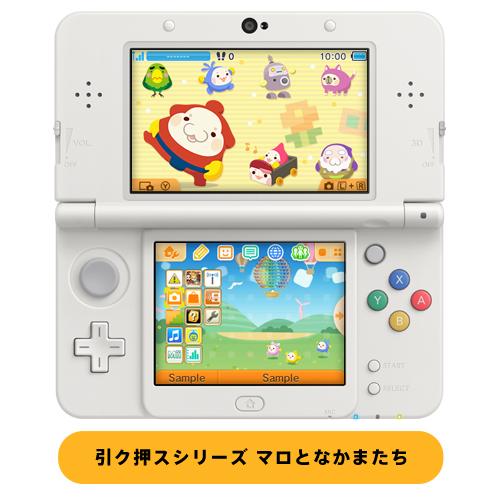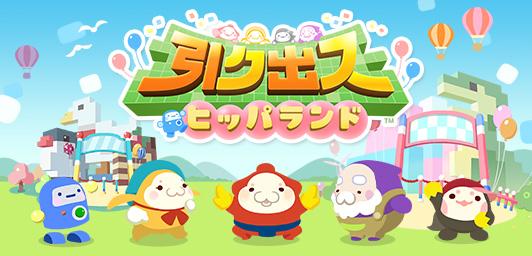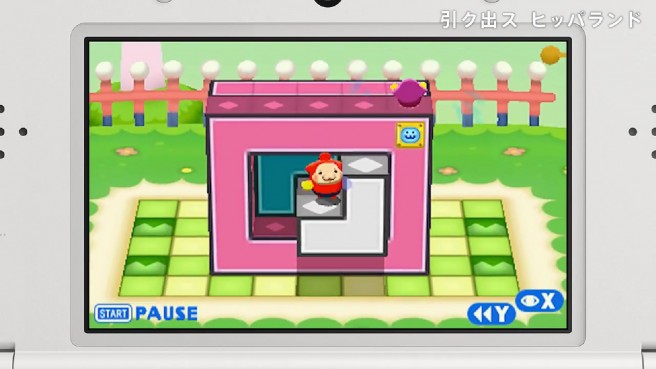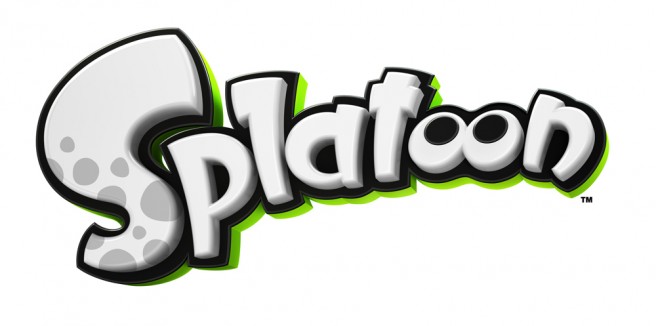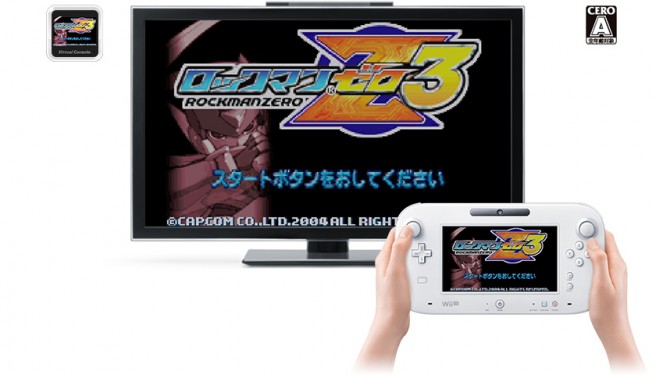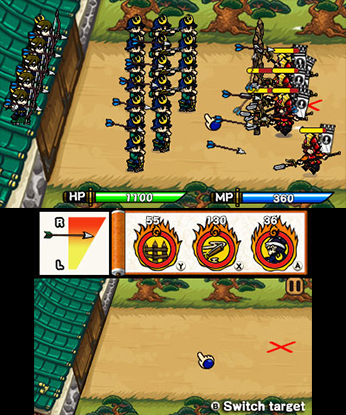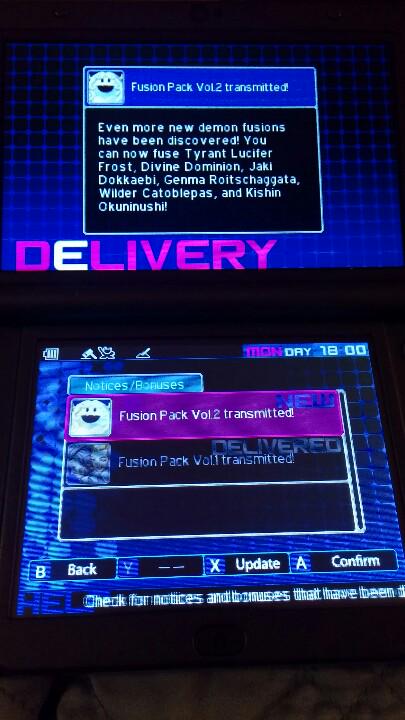Dragon Quest VIII announced for 3DS
Posted on 10 years ago by Brian(@NE_Brian) in 3DS, News | 19 Comments
Dragon Quest VIII is coming to 3DS, Square Enix has announced. This version of the game is launching in Japan on August 27. Pricing is set at 5,980 yen.
Dragon Quest VIII will feature a brand new scenario, Garuda (female thief) and Morrie (from Dragon Quest: Monster Battle Road) as new party characters, and StreetPass functionality. The game’s events will now have voices, and an orchestral soundtrack – performed by the Tokyo Metropolitan Symphony Orchestra – is planned.
Square Enix has several retailer-specific pre-orders bonuses lined up, which are as follows:
[Weapon] Square Enix e-Store – Candy Cane (Yangus)
[Armor] Amazon Japan – Healie T-Shirt armor (everyone)
[Helmet] Aeon – Healie Cap (everyone)
[Weapon] Game Tsutaya – Gold Bamboo Spear (protagonist)
[Accessory] 7-Eleven – Lucky Pendant (everyone)
[Shield] Yodobashi Camera – Metal Slime Tray (everyone)
A teaser site for Dragon Quest VIII 3DS can be found here.
More: Dragon Quest VIII, Japan, Square Enix, top
Japanese 3DS themes (5/12/15) – Pushmo and more
Posted on 10 years ago by Brian(@NE_Brian) in 3DS, News | 0 comments
A bunch of new 3DS themes are out now in Japan. The lineup is as follows:
Infinite – 200 yen
Kumamon (four variations)
ClariS (three variations)
Sumikko Gurashi
AeternoBlade
Pushmo
Funky Kato
Cheeks Chan
Pricing for all of these themes is set at 200, except for AeternoBlade. That one costs 100 yen.
More: 3DS themes, Japan
Pushmo: Hippa Land footage
Posted on 10 years ago by Brian(@NE_Brian) in 3DS eShop, Videos | 0 comments
Footage has come in for Pushmo: Hippa Land, which was just announced (and released) for Japan. Take a look at the video below.
More: Japan, Pushmo: Hippa Land
Nintendo releases free-to-play Pushmo game for 3DS in Japan
Posted on 10 years ago by Brian(@NE_Brian) in 3DS eShop, News | 6 Comments
Update: It seems that it’s technically going by the term “free-to-play”, but it’s more like a demo. Once downloaded, those who try out Pushmo: Hippa Land can choose which type of course they want. There are seven free puzzles from the four worlds (regular puzzles, puzzles that look like objects, puzzles with enemies, and NES-sprite based puzzles). We’re also hearing that each world has a different character to play as.
Players must beat the 28 free levels before having the option to buy worlds. Before gaining access to the “Create-A-Puzzle” feature, you need to purchase one world.
The Pushmo/Crashmo series is returning to 3DS. Nintendo just announced a new free-to-play entry for its portable today, and it’s already out in Japan.
This new entry – called “Pushmo: Hippa Land” – is free-to-play. Players can purchase one world for 500 yen, which contains 100 courses. There are an additional three, each of which features 50 courses and costs 300 yen. Alternatively, it’s possible to buy all four for a discount of 400 yen (1,000 yen in total).
Those who purchase and complete all four worlds will earn a special challenge titled “Super-Difficult Mountain”. In one world, players need to beat/overcome enemies. Just like the original game, you can share puzzles with QR codes.
View a trailer for Pushmo: Hippa Land below.
More: Japan, Pushmo: Hippa Land, top
Nyannyan Neko Mario Time episode 37
Posted on 10 years ago by Brian(@NE_Brian) in General Nintendo, Videos | 0 comments
The latest episode of Nintendo’s Japanese show Nyannyan Neko Mario Time has now gone live. We’ve included it below.
More: Japan, Nyannyan Neko Mario Time
Two more Japanese Splatoon commercials
Posted on 10 years ago by Brian(@NE_Brian) in Videos, Wii U | 7 Comments
Nintendo uploaded two more Japanese Splatoon commercials to its YouTube account. Both are included below.
More: commercial, Japan, Splatoon
Japanese Mega Man Zero 3, Mappy-Land Wii U Virtual Console trailers
Posted on 10 years ago by Brian(@NE_Brian) in Videos, Wii U eShop | 0 comments
Nintendo released official videos for Mega Man Zero 3 and Mappy-Land on the Japanese Wii U Virtual Console. Watch them below.
More: Mappy-Land, Mega Man Zero 3, Virtual Console
Woah Dave! update out now for 3DS, adds “Deluxe” content
Posted on 10 years ago by Brian(@NE_Brian) in 3DS eShop, News | 0 comments
Choice Provisions’ update for Woah Dave! is out now on 3DS. This is entirely for the “Deluxe” content, which adds new characters, bosses, and more.
Choice Provisions passed along the update news via Twitter a few moments ago.
Oh hey! It looks like the 3DS update for Woah Dave! is available now! If you own the game, go get yourself some free WOAH DAVE! DELUXE! <3
— Choice Provisions (@TotallyChoice) May 13, 2015
To recap, here’s what’s included in Woah Dave! Deluxe:
* Two new levels, each of which will challenge even the best Woah Dave! players to rethink their strategy
* New characters in the form of:
– Adoma (of Destructamundo fame)!
– Jr. Melchkin (of BIT.TRIP fame)!
– CommandgirlVideo (of BIT.TRIP fame)!
– Mr. Robotube (of Robotube Games fame)!
– BlokTom (of Bloktonik fame)!
– Plus a new, hidden character. Find them if you can!
* Boss battles!
* New enemy types!
* Rideable UFOs!
* A “Classic Mode” for all those Woah Dave! purists who would prefer their game remain unchanged!
* Maybe a few additional Easter eggs…!
And here’s the original trailer:
More: Choice Provisions, title update, Woah Dave
Samurai Defender hitting the North American 3DS eShop next week
Posted on 10 years ago by Brian(@NE_Brian) in 3DS eShop, News | 0 comments
Samurai Defender is coming to the North American 3DS eShop next week, Nintendo’s website confirms. It’s due out on May 21 for $3.99.
Here’s an official overview:
Samurai Defender is a simple defense type action game set in the Warring States period of Japan.
Defend the castle from approaching enemies!
Tap on an enemy soldier to aim at them. Your bowmen will take care of the rest.
Enemies will move towards your castle gate, so take aim and stop them from getting too close!
Use the coins you acquire to learn new schemes!
Use the schemes you learned to defeat lots of enemies!
Defend your castle more easily by leveling up your bowman and schemes, and enjoy the exhilaration of repelling waves of enemy attacks!
Footage from Samurai Defender’s Japanese release is below.
Devil Survivor 2: Record Breaker receives second wave of SpotPass content and DLC
Posted on 10 years ago by Brian(@NE_Brian) in 3DS, News | 4 Comments
New SpotPass content and DLC is out now for Devil Survivor 2: Record Breaker.
In terms of DLC, players can now obtain the following:
Lost Demon Rescue (FREE)
===
A persuadable demon is caught in the middle of two hordes. If you can protect the demon and survive the onslaught, the demon will join your party! Use it to bolster your ranks or keep it for fusion fodder.
All Skills Must Go! ($0.99)
===
Scattered around the battlefield are memory sticks loaded with powerful skills for your party. But the demons around have their eyes on them too, and will try and abscond with the memory sticks. This is one situation when you’re going to want to make sure to use non-combat skills that slow down enemies and/or speed up your party.
Let the Demons Grow ($0.99)
===
This is an old-fashioned free-for-all battle. These demons are loaded with extra experience, so systematically pick them off to reap EXP rewards and level your entire party.
The new SpotPass content, as pictured above, allows for new demon fusions.
Thanks to Axl_abe for the tip.
